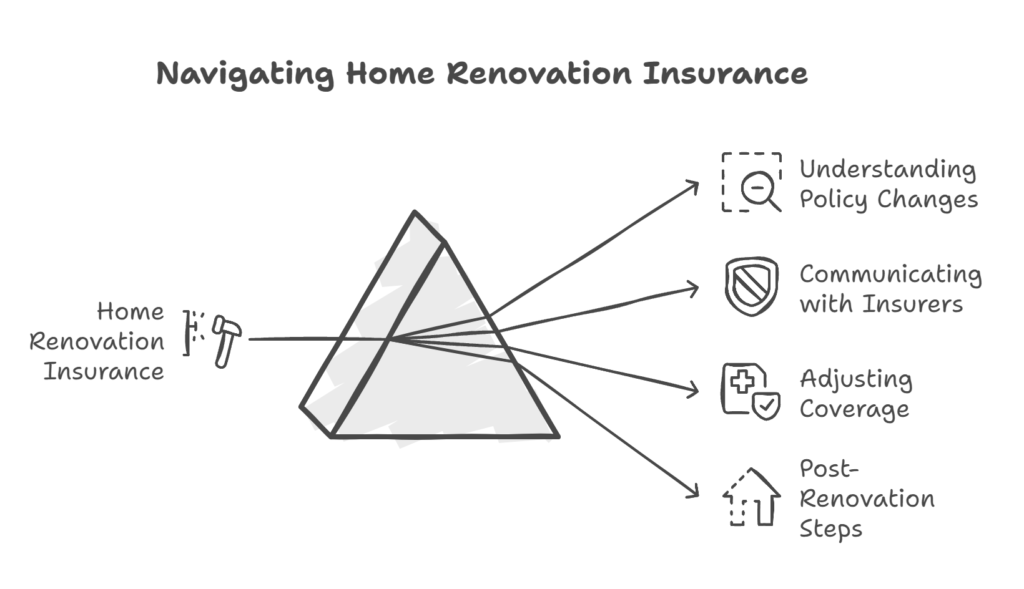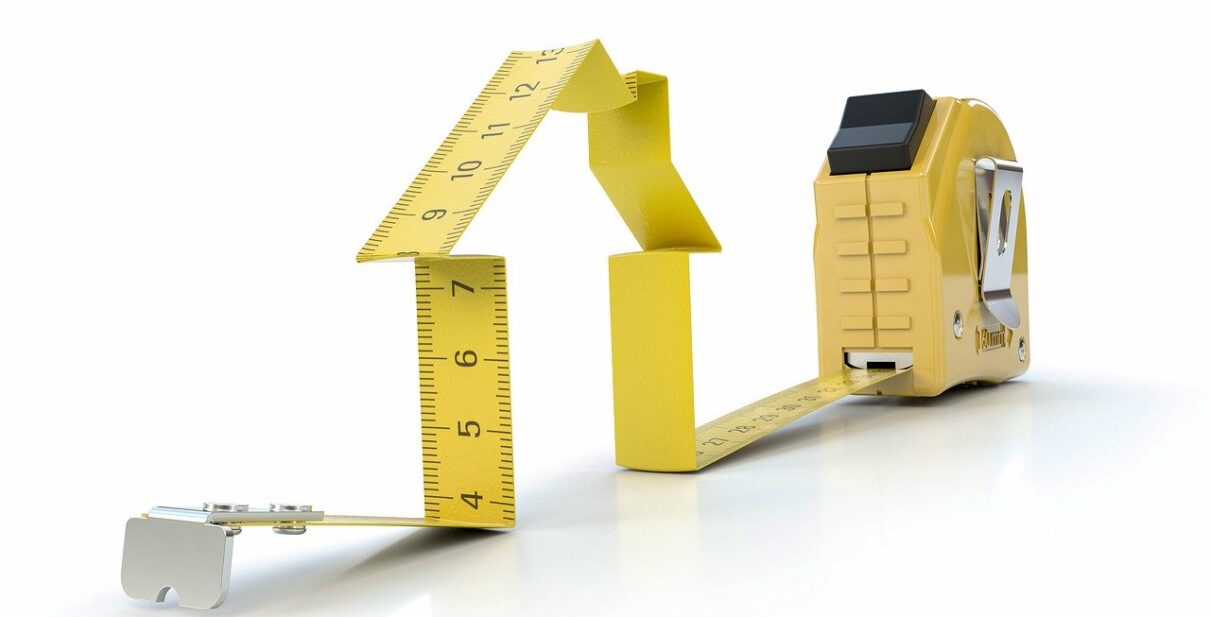Renovating your house in Australia presents an interesting endeavour. Whether your ideal is a modern new kitchen, a large open-plan living space, or just adding that extra bedroom, the procedure can make your house the house you have always wanted. But among the thrill of selecting paint colours and tiles, it’s easy to forget a key component of any significant remodel or addition: your house insurance. Ignoring to sufficiently change your coverage could leave you financially exposed should the unanticipated event convert your dream renovation into a nightmare. This essay will explore why home insurance is so important both during and following significant Australian renovations and additions and how to guarantee you are sufficiently covered.
Why Insurance Matters During Construction
Imagine this: a sudden storm strikes midway through you building your new deck, destroying part of your building components and compromising the structure. Alternatively maybe during the renovation procedure, a fire starts from defective wiring. Without the correct insurance, you could be stuck paying for these losses, possibly delaying your whole project and severely taxing your budget.
Many times, standard home insurance policies do not cover enough for the hazards related to significant renovations. Even if you’re securing first mortgage investments to fund your renovation, proper insurance safeguards your financial stake in the project. Among the other fresh vulnerabilities these projects bring are higher fire risk, building material theft, and inadvertent contractor harm. Moreover, the value of your property is probably going to rise greatly following the renovation, therefore your current sum covered could not be enough to pay for the whole replacement cost in case of a total loss.
Know Your Current Policy

Reviewing your present house insurance coverage in great detail comes first. Give the parts on renovations, additions, and building projects great thought. Search for any terms limiting or excluding coverage throughout construction. Many basic plans have special requirements for renovations, usually requiring you to tell your insurer before work starts. Ignorance of this could nullify your claim.
Furthermore important is knowing the differences between “building insurance” and “contents insurance.” Building insurance covers walls, roofs, and permanent fixtures as well as the construction of your house. On the other hand, contents insurance covers your house items. Both kinds of coverage might change throughout a remodelling. For instance, if you are renovating your kitchen, your building insurance should show the higher worth of the improved area; your contents insurance may have to be changed to consider any new furniture or equipment. If your renovation includes adding a pool, it’s crucial to consult with reputable pool builders in Wollongong to ensure the project meets all safety regulations and integrates seamlessly with your existing home.
Speaking with your insurance company
Over the renovation process, open and proactive contact with your insurance company is vital. Get in touch with your insurer as soon as you begin project planning to go over your goals. They may offer direction on the particular criteria for ensuring your renovation and guide you on any required policy adjustments.
Get ready to give your insurer comprehensive information on the size of the project including the projected cost, the schedule, and the contractors engaged. Should you be making major structural changes—such as adding an extension or changing load-bearing walls—you might have to submit engineering reports and council approvals. Your insurer will be more qualified to evaluate the risks and customize your policy the more information you offer.
Raised Sum Insured
Changing your house insurance for remodelling depends mostly on raising your sum insured. Your insurance coverage must change with the value of your house. In the case of a claim, an inadequately insured property can leave you seriously out of money. Imagine a fire destroys your just rebuilt house. Should your sum insured be based on the pre-renovation valuation, you will only be able to reconstruct the house exactly as it was before, leaving yourself to pay for the changes yourself.
Getting a professional appraisal of your house following the remodelling will help you to decide on the suitable sum insured. This will provide you with a realistic replacement cost estimate, thereby verifying the sufficient coverage of your insurance. Conversely, some insurance companies provide “total replacement” policies, which regardless of the quantity covered pay the whole cost of reconstructing your house.
Building insurance

Although your house insurance safeguards your belongings, it’s important to make sure your builder has their own. Public liability insurance, sometimes known as builders’ insurance, guards against claims for harm or injury resulting from their activities. In case of mishaps on the building site, this is quite vital. Ask for evidence of a builder’s insurance before deciding on it to be sure it is current and sufficient for the extent of your project.
Specific Coverage: Thoughts on Considerations
Depending on the type of renovation you are doing, you may have to give particular coverage enhancements some thought. If you are adding pricey appliances or fixtures, for instance, you may have to raise your contents insurance. Working on a historic-listed property could call for specific coverage for heritage restoration. Should your remodelling call for handling hazardous materials, such as asbestos, you will want to be sure your policy addresses the proper disposal and removal of these materials.
Following the renovation
Do not assume your insurance is immediately updated after the renovation is finished. Get in touch with your insurer once more to let them know the project is finished and send any revised appraisals or paperwork. They will modify your policy to make sure your coverage accurately represents any improvements to your house and the higher value.
Avoid cutting corners on coverage
Although cutting your insurance coverage during a remodelling could help you save money, this can be a costly error. Building projects carry great risk, hence poor insurance could leave you financially vulnerable. Any restoration project should include wise insurance investments since they secure your investment and give you peace of mind.
Renovating or extending your house is a big outlay of funds. Maintaining that investment depends on appropriate insurance. Understanding the value of home insurance during and after significant renovations, maintaining good communication with your insurer, and guaranteeing sufficient coverage will help you to enjoy the process of changing your house free from the concern of unanticipated events delaying your goals. Recall that a well-insured remodelling is a safe one that lets you concentrate on building the house you want.





